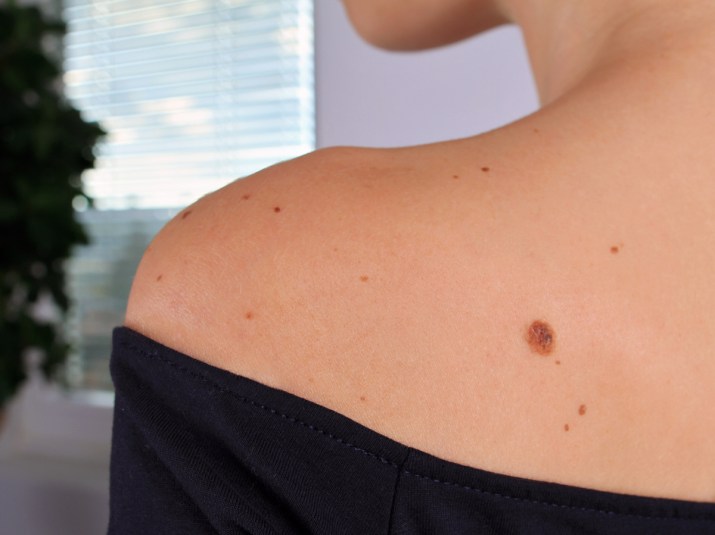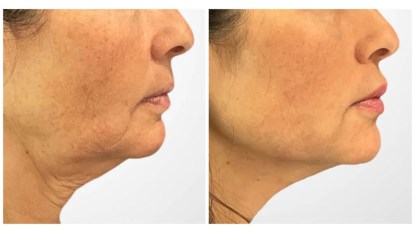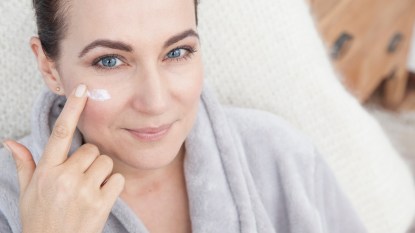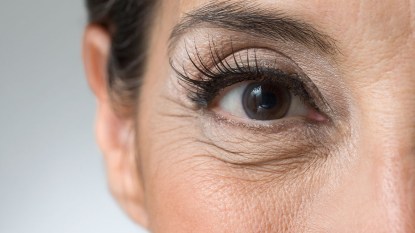Most Of Us Have at Least One Birthmark — But What Are They, Really?

I remember looking down at my right hand when I was maybe about four or five years old and noticing a splotchy red stain on my palm. Having not consumed any cherry Kool-Aid or ice pops that day, I was a bit confused. As a clumsy child, my first instinct was that I had forgotten about snagging my skin on something that resulted in a blood blister. Although the mark never faded away, I was also an easily distracted kid and just brushed it off. There were more important games to be played and friends to make, after all.
It wasn’t until years later when I saw another girl in my class with similar red marks on her arm that I realized mine must be the same thing: a birthmark. I was already aware of another light-brown discoloration on my shoulder, but didn’t put together that they could come in other shades. It turns out there are two types of birthmarks, and I happen to have them both: vascular (caused by abnormal blood vessels under the skin) and pigmented (a cluster of cells that can also result in a mole). That said, there are several sub-types within those two that produce a variety of colors: vascular birthmarks tend to be in the red, pink, and purple range, while pigmented ones can appear brown, black, and even blue, according to MedlinePlus. Obviously, I started to wonder what exactly causes birthmarks in the first place.
What Causes Birthmarks?
Unfortunately, no one really knows the definitive answer to this question — but it hasn’t stopped cultures all over the globe from coming up with their own creative explanations. According to a report published by The Atlantic, there is one particularly popular superstition that’s popped up in several communities: If a pregnant woman has a food craving but doesn’t fulfill that craving, and she happens to scratch herself, her child will be born with a birthmark in the shape of the food she were craving in the spot that was scratched. While that’s a fun theory, there would likely be a lot more babies born with ice-cream-shaped birthmarks if there were any real truth to it.
You might have also heard that these marks occur when a mother endures a complicated childbirth, but that is just as unlikely. Silver streaks of hair that appear on several members of the same family are one of the only well-known hereditary birthmarks. Because these are likely caused by skin cells on the scalp, they fall under the same category as other pigmented birthmarks.
As their name suggests, the marks typically appear at birth, so a doctor will alert parents if there’s anything to be concerned about or to be on the lookout for as they grow up. Some vascular birthmarks result in “strawberry marks,” or a raised red patch of skin on babies that can seem alarming but tend to fade over time. Moles are also important to have checked, though most other birthmarks are completely harmless. The main reason people go through a procedure to have their birthmarks removed is for their appearance. Of course, any issue like pain or bleeding should be checked by your doctor immediately. If none of those factors are a problem for you, just enjoy knowing your birthmarks are part of what make you a beautifully unique individual!
More From FIRST
Does Your Stomach Shrink When You Eat Less?
19 Must-Have Retinol Cream Moisturizers for Flawless, Youthful Skin













